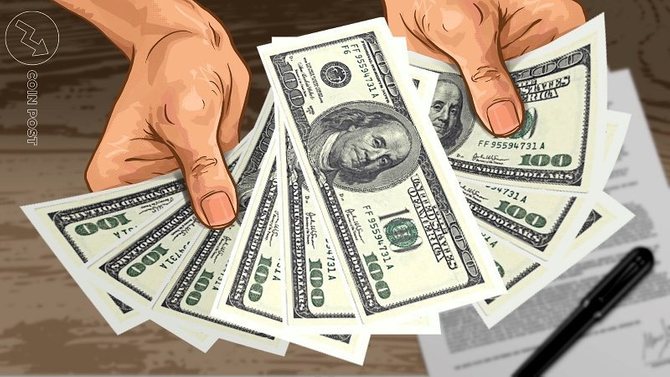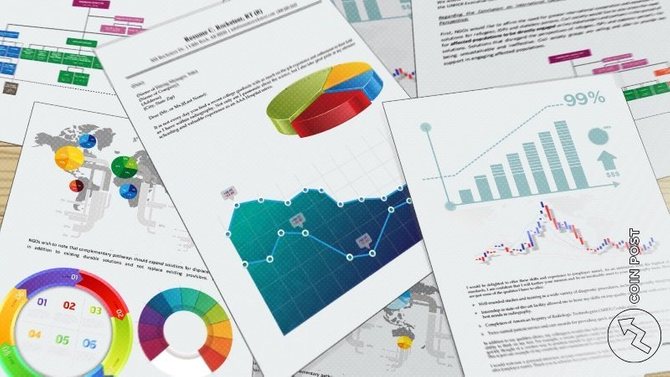
Despite the fact that in most of the developed countries of the world there is a predominance of market and command types of economies, not all are trying to adopt their achievements — today, many states continue to exist with primitive forms of management, which were characteristic of primitive society.
This is a traditional economy dominated by natural-communal, peasant and handicraft farms along with a pronounced lag behind global scientific and technological progress.
In this article, you will learn what a traditional economy is, what characteristics it has, and what the countries in which it has survived produce.
What is Traditional Economics

Traditional economy (or patriarchal) is the most ancient type of economic system, in which the practice of using resources, usually limited, is determined by customs and traditions. It is based on the dominance of manual labor and multi-structure, that is, the presence of several types of management with different forms of ownership (communal and private).
In societies with a traditional economy, division into castes and estates prevails, headed by elders who make local economic decisions taking into account centuries-old cultural and religious values. In turn, this contributes to socio-economic stagnation, since the implementation of the achievements of scientific and technological progress is deliberately slowed down because of their threat to the foundations of society.
In countries with traditional economies, land and most of the production facilities are in common ownership, and a significant portion of national income is redistributed through the state budget to support the poorest and develop infrastructure.
Today, the economy of the traditional type has been preserved in the underdeveloped regions of Asia, Africa and South America, which survive on the basis of agricultural activities and small-scale production.
For a visual explanation in simple words of what a traditional economy is, see the video below:
Signs Of a Traditional Economy

The fact that the state economy belongs to the traditional type can be judged by the following criteria:
- The choice of methods of running the economy, directions of production and other issues of organizing and managing the economy are decided by the councils of elders, taking into account national age-old customs;
- Primitive traditional technologies are used, manual low-productivity labor and subsistence farming dominate;
- The society has a stable model of defining economic roles based on caste and tribal ties;
- Communal and private forms of ownership prevail;
- The sphere of mutual exchange of goods and services (barter) is developed;
- For the majority of the country's population, the main labor incentive is the satisfaction of basic life needs;
- High unemployment rate;
- The education system is poorly developed or absent, the population is mostly illiterate;
- The function of the main distributor of resources is performed by the state authorities, supported by the power structures;
- Underdeveloped economic relations with other countries.
What the Traditional Economy Produces

Countries with traditional economies are characterized by an orientation towards low-productivity farming, sometimes mining and woodworking industries. Most often, the types of products produced depend on the climate, national specifics and the available natural resources.
They mainly grow rice, mushrooms, corn, citrus fruits, apples and spices, which are mostly exported to India. In addition to agriculture, hydropower also plays an important role in the economy of Bhutan, and its fruits are also exported to Indian consumers.
Burkina Faso in western Africa, suffering from drought, grows exported cotton and peanuts, mines gold, copper and nickel, and raises goats and sheep.
In another African country, Burundi, the main products are coffee, tea, sugarcane, which are grown by private households and small farms. Industry provides about 15% of the country's GDP, but almost all enterprises are in one way or another connected with the processing of agricultural products.
A similar situation with the types of products produced is observed in most other countries with traditional economies, such as Afghanistan, Bangladesh, Benin, Pakistan, Kenya and similar ones in terms of development.
Market Economy: Concept and Signs


